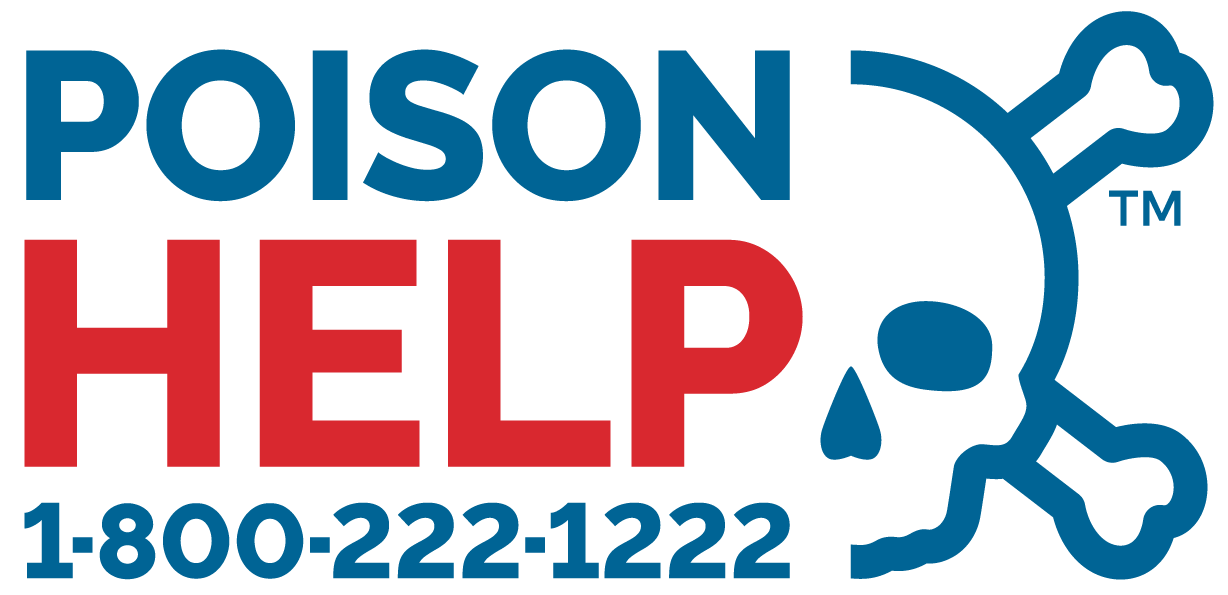Carbon Monoxide
Carbon Monoxide (CO): The Silent Killer
Carbon Monoxide Resources
Carbon Monoxide: The Invisible Killer
This brochure was created by the United States Consumer Product Safety Commission (CPSC) and reviews sources of carbon monoxide as well as clues to a possible CO problem in the home.
MN Poison Control Carbon Monoxide Fact Sheet
Carbon monoxide is the leading cause of unintentional, non-fire related death in the United States. Get quick facts about this colorless, tasteless, and odorless gas.
CO is not just a cold weather risk! This handout from the U.S. CPSC includes safety information about charcoal grills in both English and Spanish.
Where Does Carbon Monoxide Come From?
Heating oil, natural gas, propane, kerosene, gasoline, wood, and almost anything that burns can produce carbon monoxide. You may be exposed to carbon monoxide if:
- You leave your motor vehicle engine running.
- Your home contains an incorrectly vented or malfunctioning water heater, furnace, space heater, fireplace, or stove.
- You burn charcoal, alcohol or gasoline in an enclosed tent, camper, or garage.
- You are being pulled behind a boat in a tube.
Some of the symptoms associated with low level of carbon monoxide poisoning are:
- Headaches (specifically feels like a hat is on too tight)
- Drowsiness
- Nausea and/or vomiting
In more severe exposures:
- Disorientation
- Loss of consciousness
- Coma
- Seizures
- Respiratory failure
- Cardiac arrest may occur
What About Carbon Monoxide Detectors?
The Minnesota Poison Control System recommends having a UL-listed CO alarm within 10 feet of each bedroom. Residents should follow manufacturers’ instructions on routine maintenance and plan to replace alarms every five to seven years.

